London in lockdown: photography of a pandemic-struck city
Taking to the deserted City of London streets during lockdown, Hannah Starkey captured a new urban reality. Here, the photographer describes her experience of ‘an ecosystem that has lost its pulse’ and ponders a return to more populous times

Hannah Starkey
For four months at the end of last year, I walked the streets of the City of London with my camera and dog. As the inaugural Artist in Residence at Guildhall, I was producing a body of work for the Guildhall Art Gallery to celebrate women working in the City.
It was a privileged way of immersing myself in the energy of the famous Square Mile, and a stark contrast to what was to come. Within a matter of days from hanging the show, I witnessed the desertion of its streets. Lockdown was rapid and ruthless. It’s as if a spell has been cast on the kingdom. Everyone has left this place... just gone.
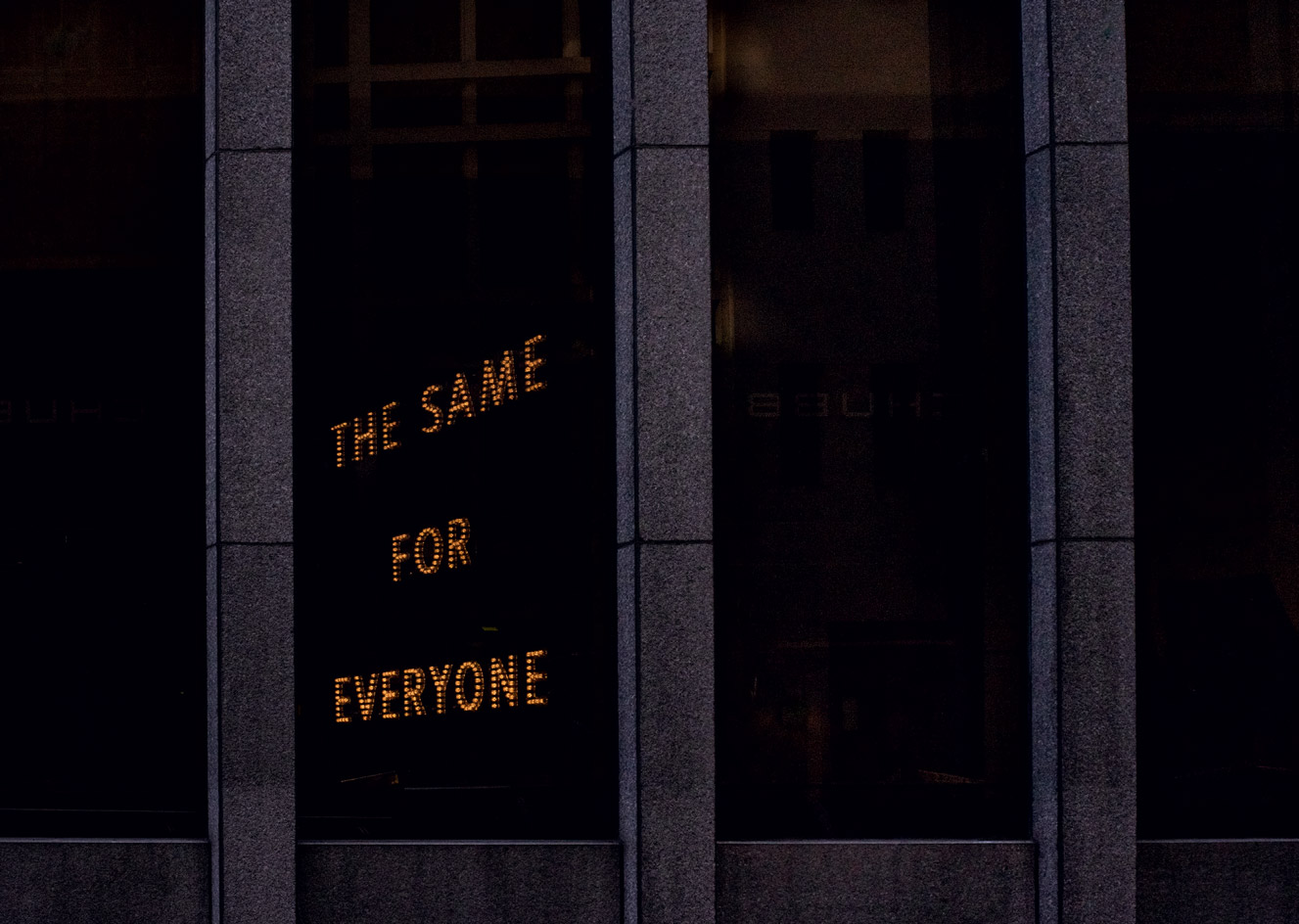
Cunard Place. Reflected in an office block window is The Same For Everyone, 2017, by Nathan Coley, installed in London as part of the Sculpture in the City 9th edition
So I start to walk again, dog and camera in tow. As a flâneuse*, my role now is to try and make sense of it all through the prism of art. Each day, people get fewer, until just security guards, key workers and the unfortunate homeless walk with me. They are kind to each other.
I’m now starved of human interaction. I realise I photograph the way I do because it’s not buildings but people that make up my landscapes. My City of just a few weeks ago is simply no longer here. Though the place has not fallen silent; the buildings still whirr with computers, busy with phantom operators who have no need for the City’s pavements.
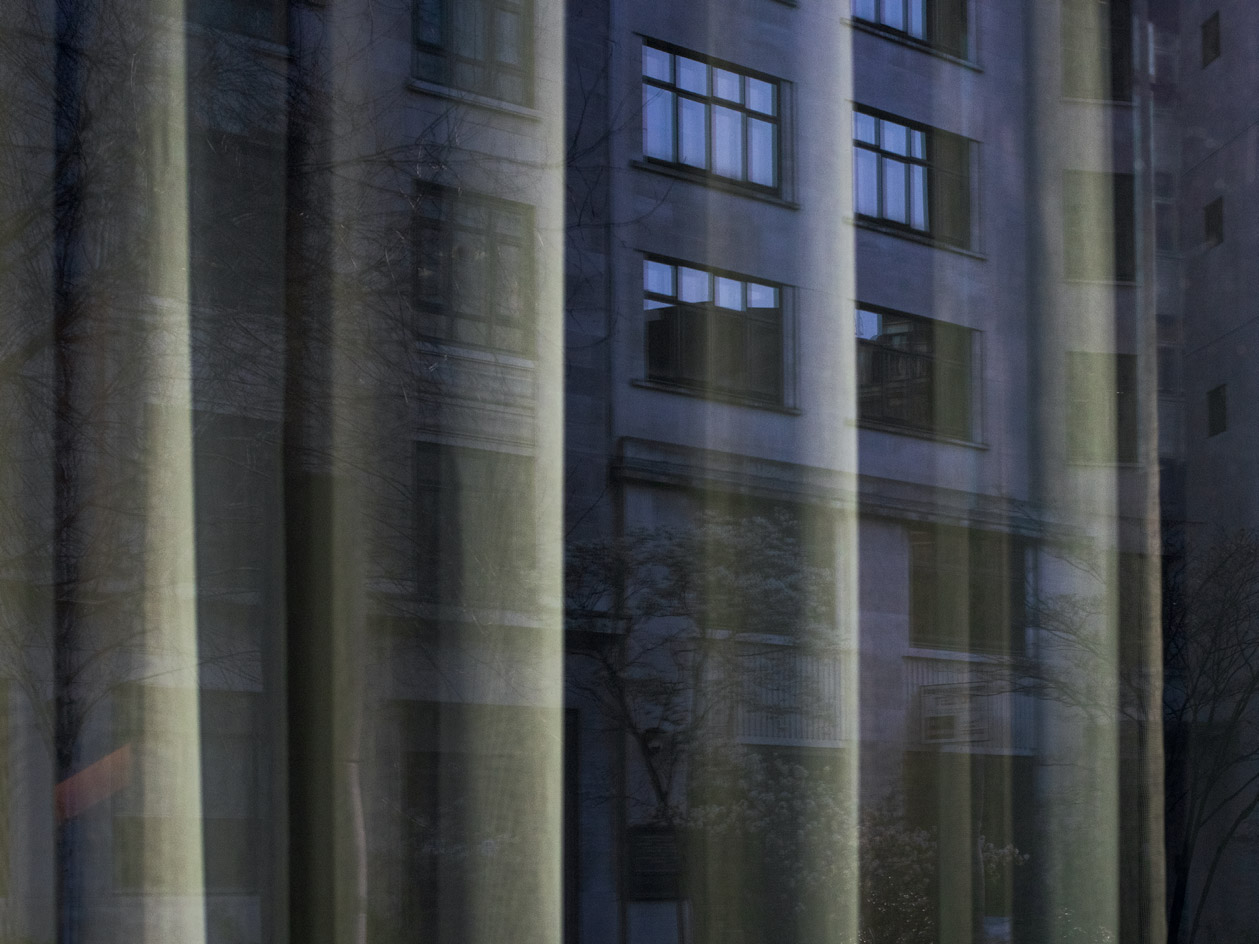
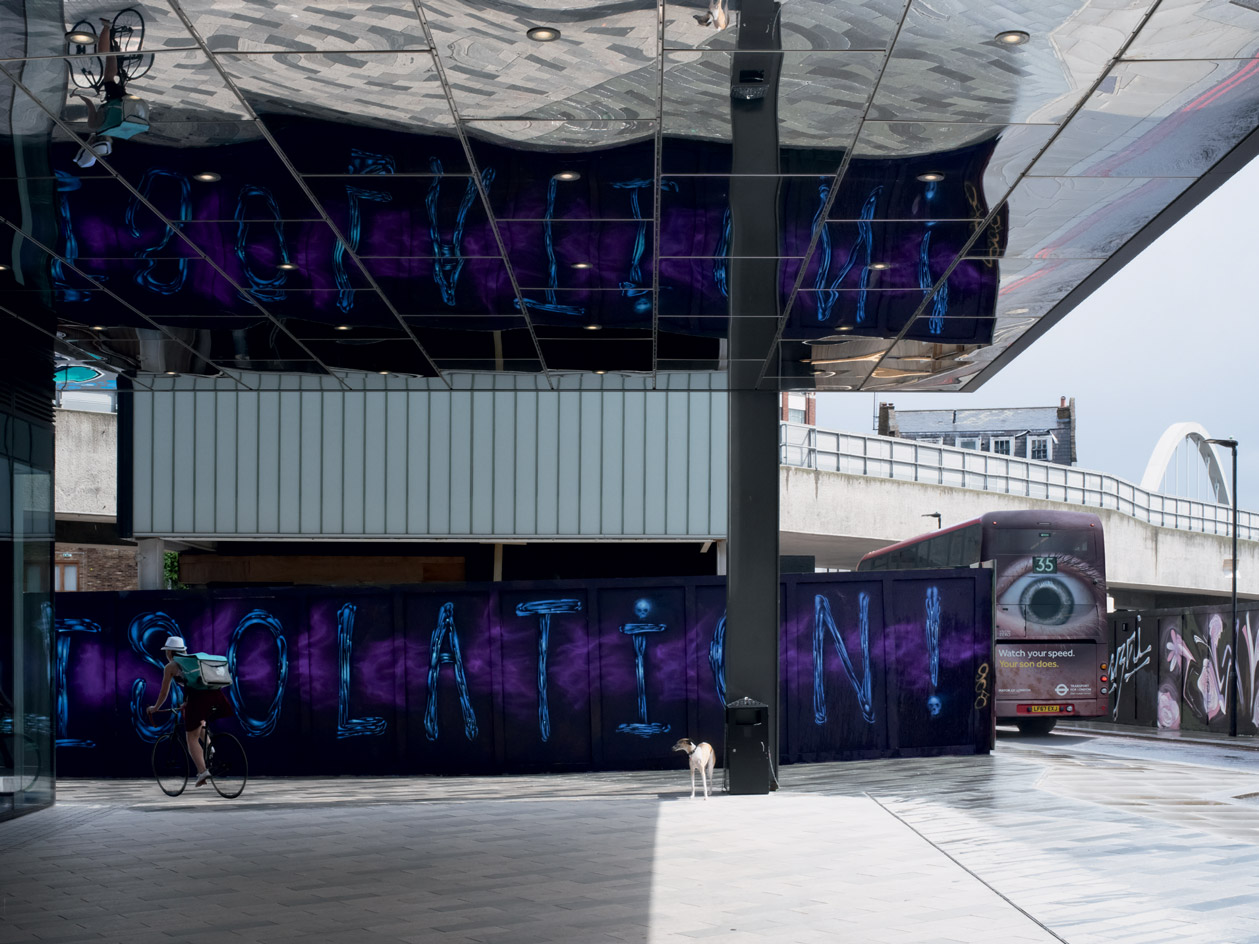
Above: Fenchurch Avenue. Below: Holywell Lane
I surprise myself with how sad the abandonment makes me feel. The weather is glorious and spring has sprung in the parks and green spaces. Perfect flowers wait to be appreciated, with few to appreciate them. I’m realising something else. Now with just frontline workers visible, the minority has become the majority. The City workers of the ‘new normal’ are Black, or ethnic, or poor. Their business can’t be done from home.
RELATED STORY
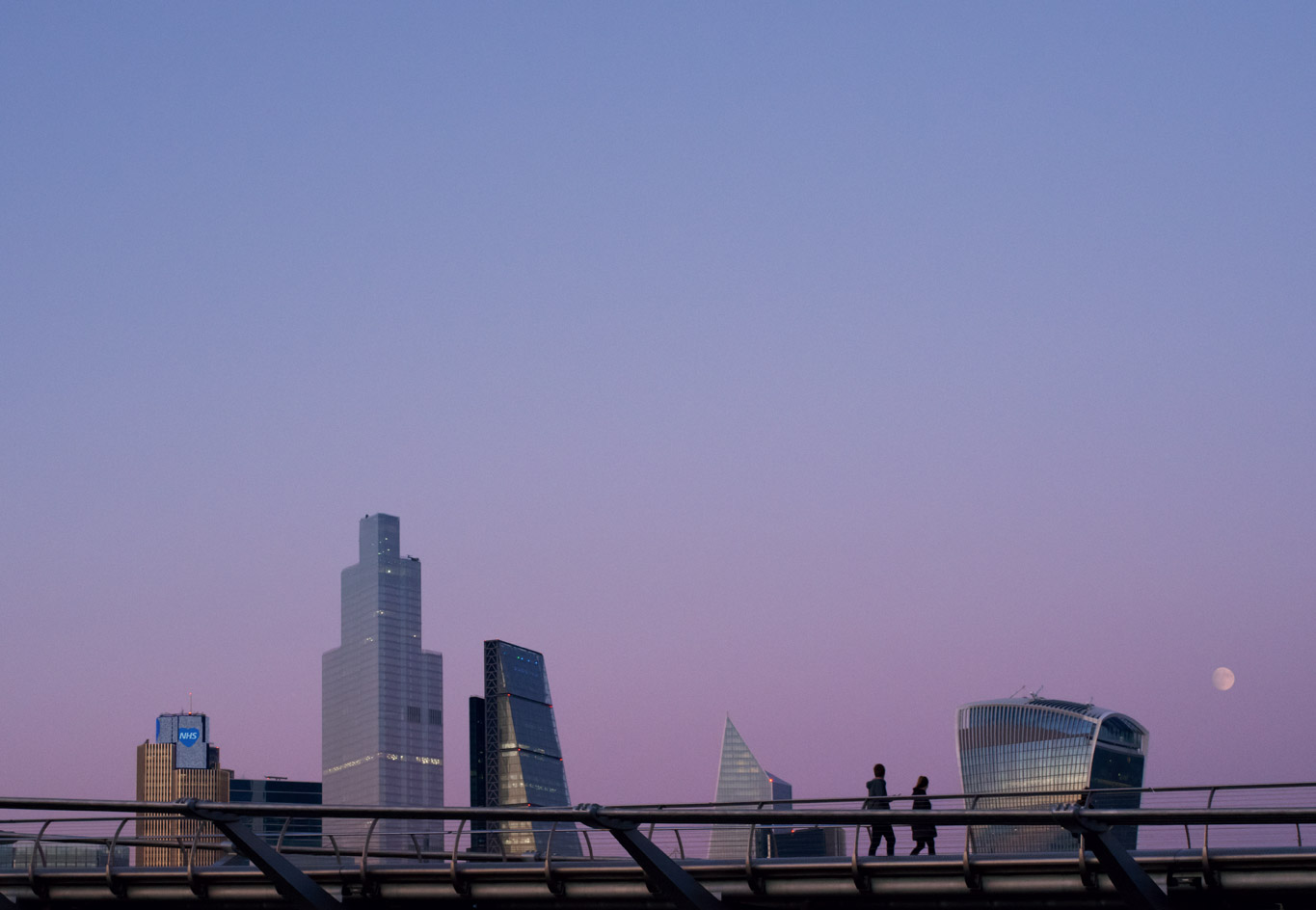
The energy, atmosphere and code of existence of the old City was very different from anywhere I’d spent time. Now it’s different again. This new City is a sad and lonely place. An ecosystem that has lost its pulse. I’ve become a light-catcher. A handy skill in an empty City.
Spring is turning to summer and the flower beds are parched. I’m glimpsing the new ‘new normal’. Distancing, masks and suspicion. Tentatively, the streets are filling. In come joggers and cyclists, and on their heels, the photographers. I want to welcome them. Without mouths, eyes must do all the work. When wearing a mask, eyebrows literally dance together, as if choreographed.
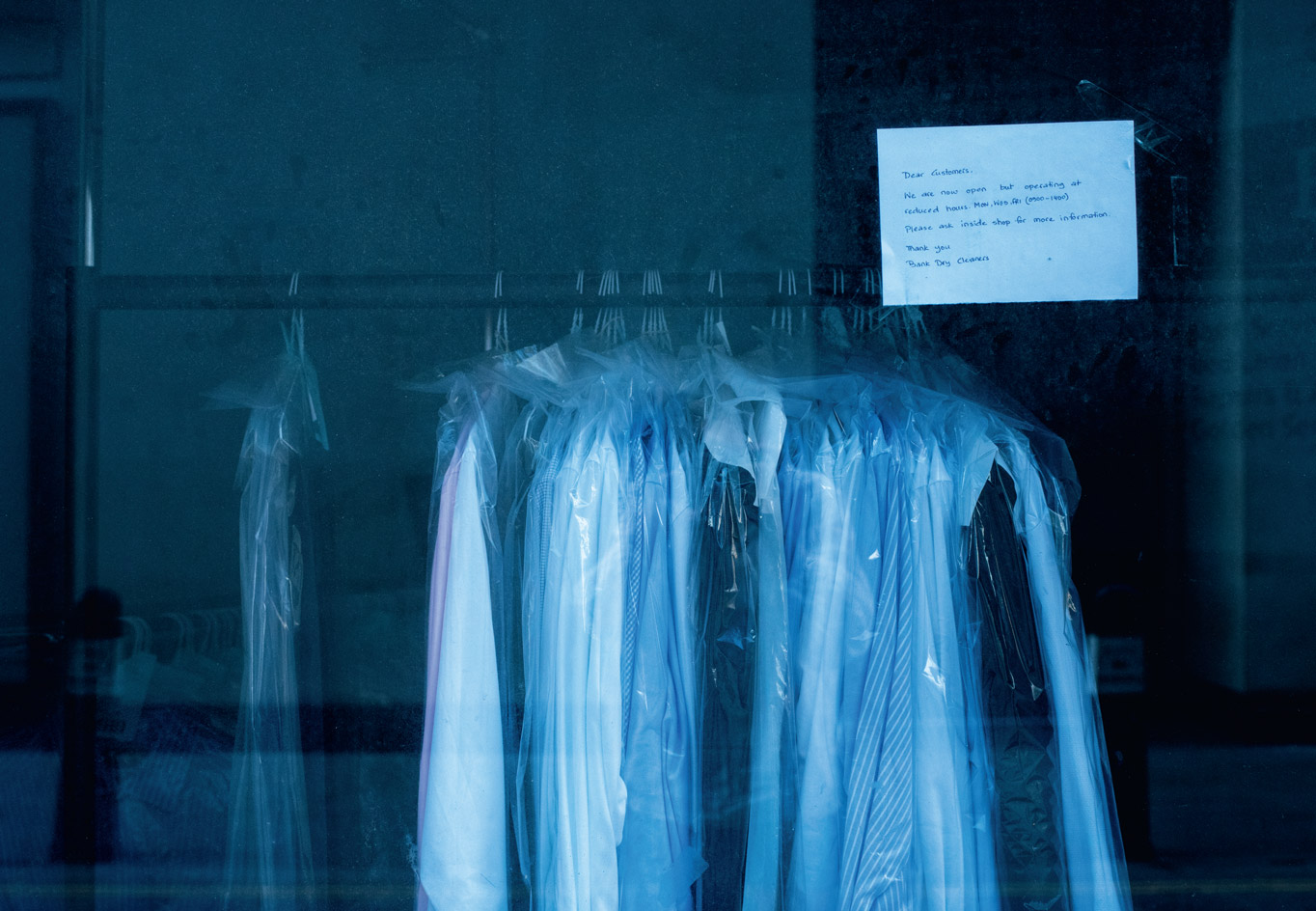
Throgmorton Street
The weather was good for a lockdown. Now that it’s over, we’re realising the resuscitation is surprisingly slow. ‘I want to see people breathe life into the old girl and awake her from her gentle slumber.’ I read this in an article and liked the analogy for future work on the new normal in city life, seen from a female perspective.
Until then, I think about how nature might be better without humans. Cities are the complete opposite. Without humans, they have no purpose.
*The flâneuse, as defined in essayist Lauren Elkin’s book of the same title, ‘considers what is at stake when a certain kind of light-footed woman encounters the city and changes her life, one step at a time’.
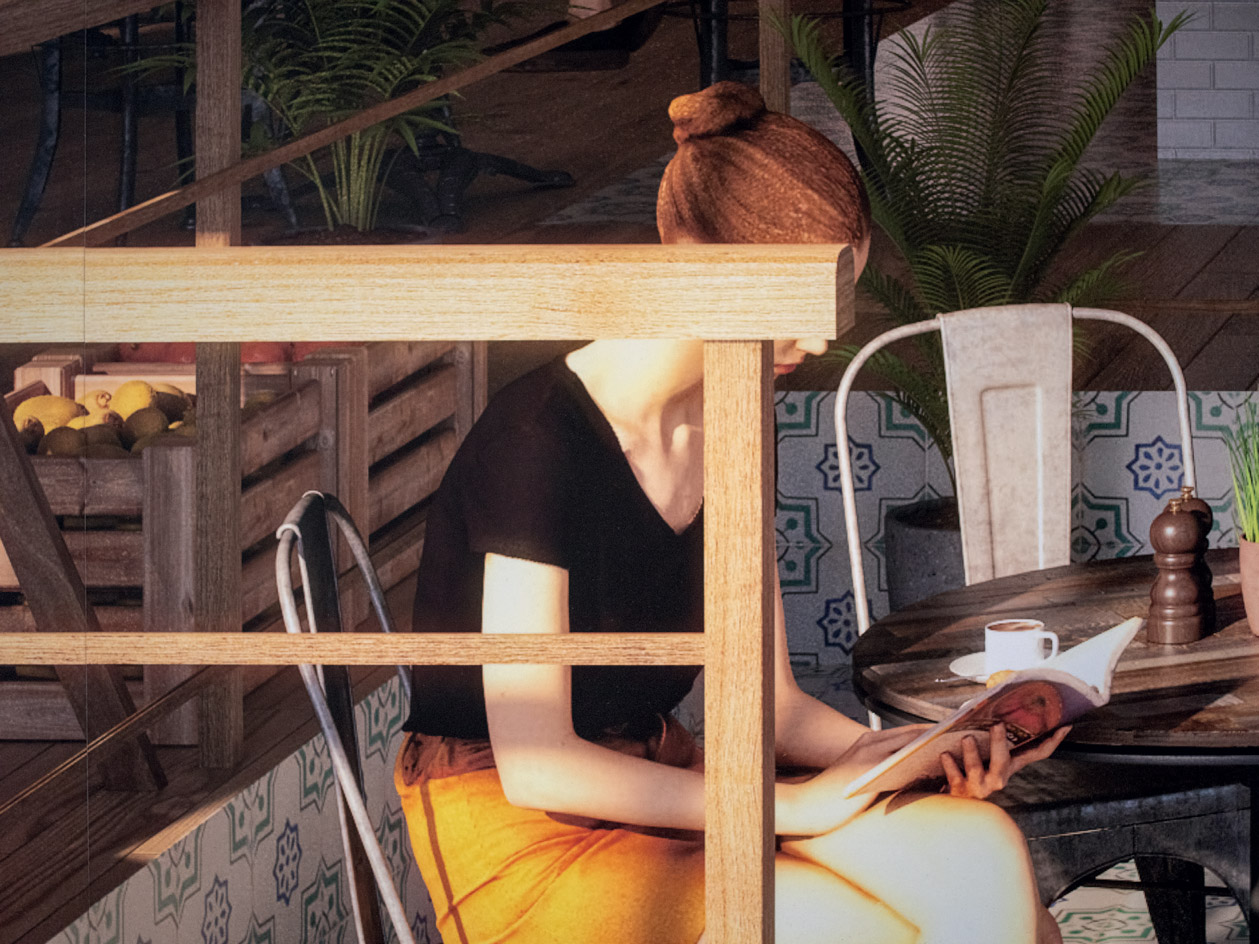
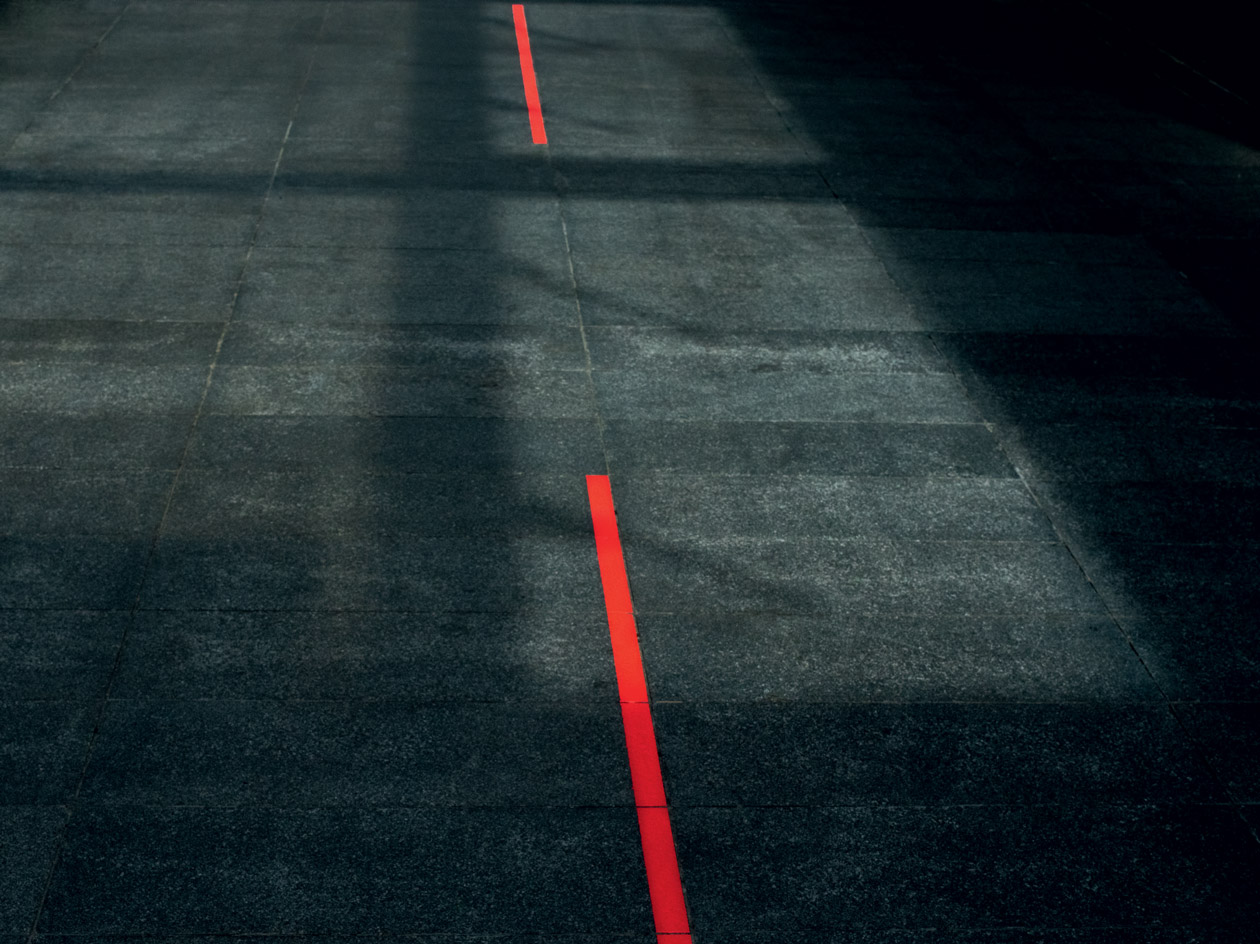
Above: Leadenhall Street. Below: Spitalfields Market
INFORMATION
This article originally appeared in the October 2020 issue of Wallpaper* (W*258) – on newsstands now and available for free download here
Wallpaper* Newsletter
Receive our daily digest of inspiration, escapism and design stories from around the world direct to your inbox.
A major survey of Hannah Starkey's work will open at The Hepworth Wakefield in November 2022. hepworthwakefield.org
Starkey's Celebrating City Women series can be viewed at celebratingcitywomen.co.uk/hannah-starkey
-
 ‘Humour is foundational’: artist Ella Kruglyanskaya on painting as a ‘highly questionable’ pursuit
‘Humour is foundational’: artist Ella Kruglyanskaya on painting as a ‘highly questionable’ pursuitElla Kruglyanskaya’s exhibition, ‘Shadows’ at Thomas Dane Gallery, is the first in a series of three this year, with openings in Basel and New York to follow
By Hannah Silver
-
 Australian bathhouse ‘About Time’ bridges softness and brutalism
Australian bathhouse ‘About Time’ bridges softness and brutalism‘About Time’, an Australian bathhouse designed by Goss Studio, balances brutalist architecture and the softness of natural patina in a Japanese-inspired wellness hub
By Ellie Stathaki
-
 Marylebone restaurant Nina turns up the volume on Italian dining
Marylebone restaurant Nina turns up the volume on Italian diningAt Nina, don’t expect a view of the Amalfi Coast. Do expect pasta, leopard print and industrial chic
By Sofia de la Cruz
-
 The art of the textile label: how British mill-made cloth sold itself to Indian buyers
The art of the textile label: how British mill-made cloth sold itself to Indian buyersAn exhibition of Indo-British textile labels at the Museum of Art & Photography (MAP) in Bengaluru is a journey through colonial desire and the design of mass persuasion
By Aastha D
-
 From counter-culture to Northern Soul, these photos chart an intimate history of working-class Britain
From counter-culture to Northern Soul, these photos chart an intimate history of working-class Britain‘After the End of History: British Working Class Photography 1989 – 2024’ is at Edinburgh gallery Stills
By Tianna Williams
-
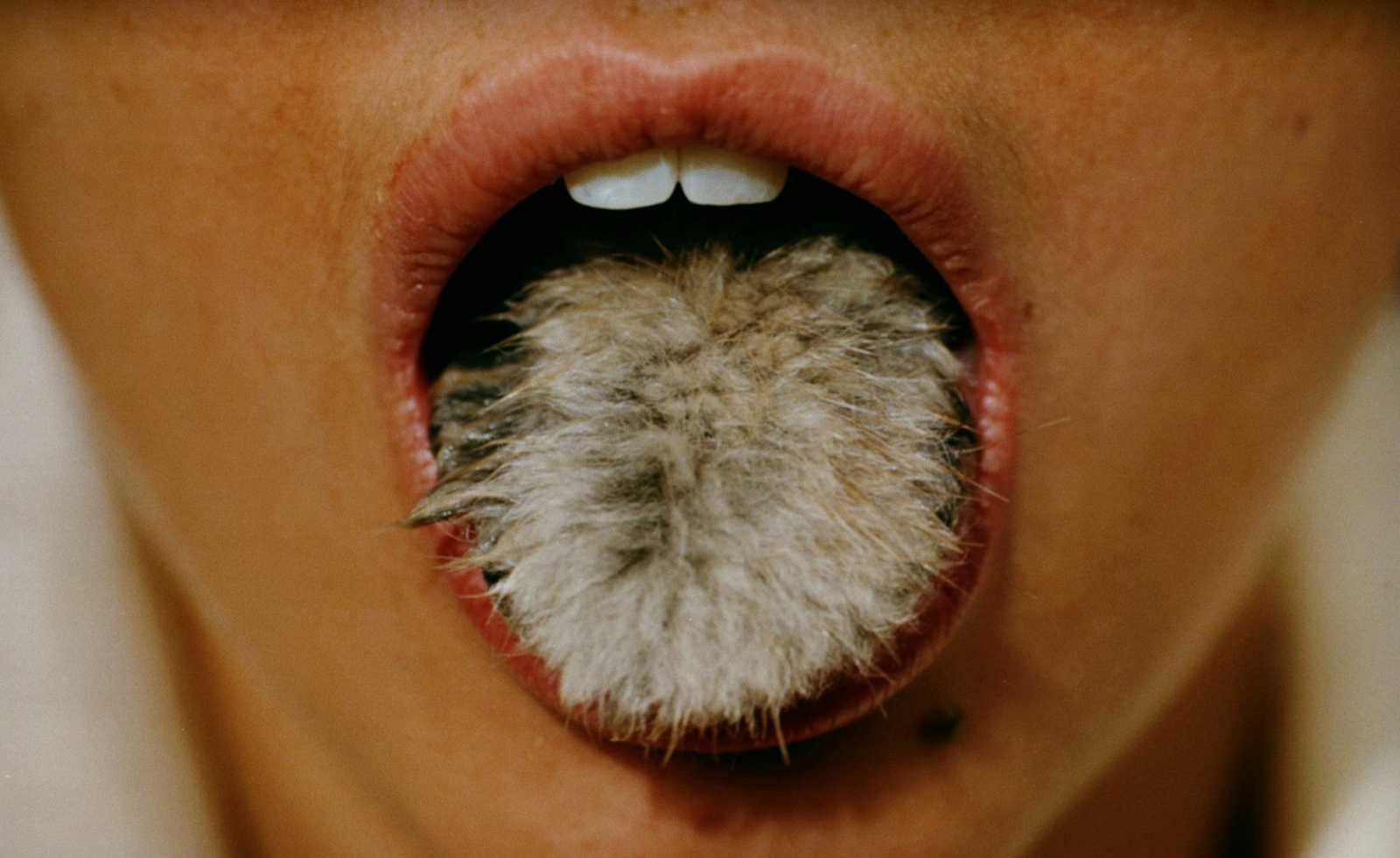 Surrealism as feminist resistance: artists against fascism in Leeds
Surrealism as feminist resistance: artists against fascism in Leeds‘The Traumatic Surreal’ at the Henry Moore Institute, unpacks the generational trauma left by Nazism for postwar women
By Katie Tobin
-
 From activism and capitalism to club culture and subculture, a new exhibition offers a snapshot of 1980s Britain
From activism and capitalism to club culture and subculture, a new exhibition offers a snapshot of 1980s BritainThe turbulence of a colourful decade, as seen through the lens of a diverse community of photographers, collectives and publications, is on show at Tate Britain until May 2025
By Anne Soward
-
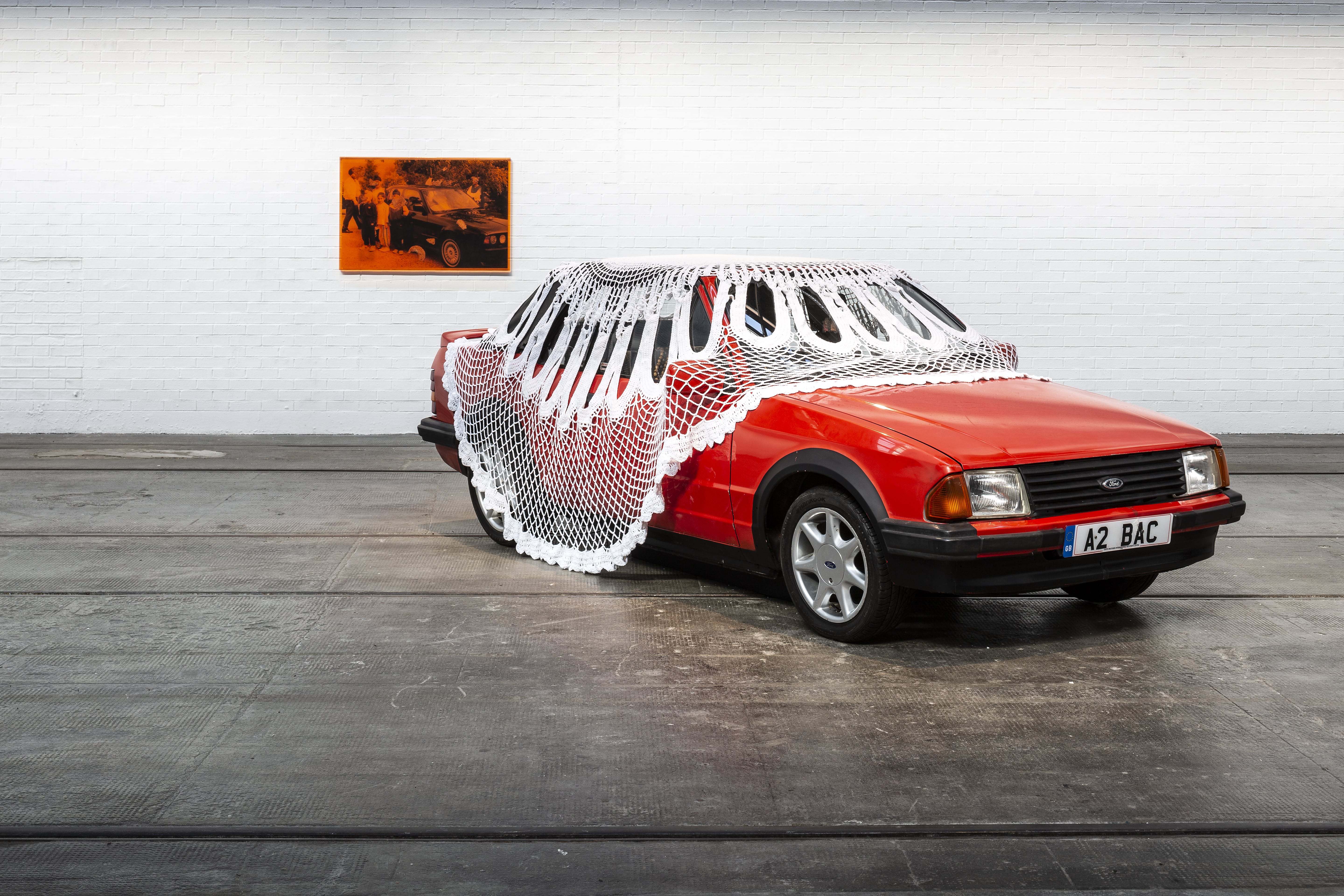 Jasleen Kaur wins the Turner Prize 2024
Jasleen Kaur wins the Turner Prize 2024Jasleen Kaur has won the Turner Prize 2024, recognised for her work which reflects upon everyday objects
By Hannah Silver
-
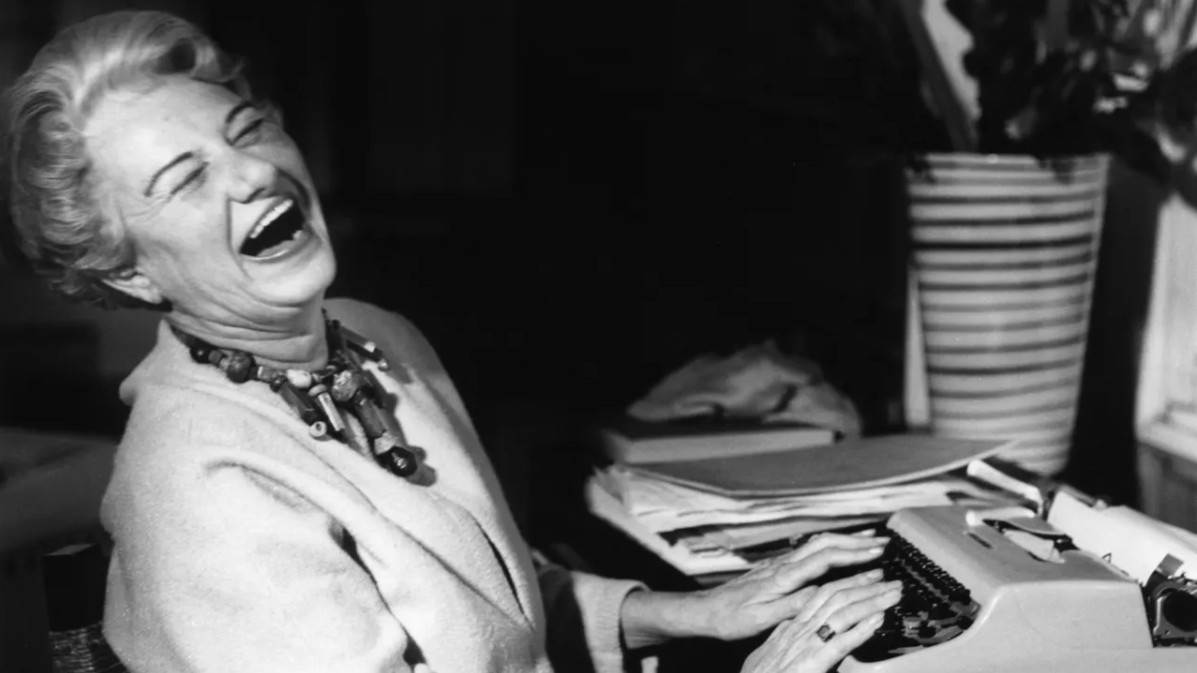 Peggy Guggenheim: ‘My motto was “Buy a picture a day” and I lived up to it’
Peggy Guggenheim: ‘My motto was “Buy a picture a day” and I lived up to it’Five years spent at her Sussex country retreat inspired Peggy Guggenheim to reframe her future, kickstarting one of the most thrilling modern-art collections in history
By Caragh McKay
-
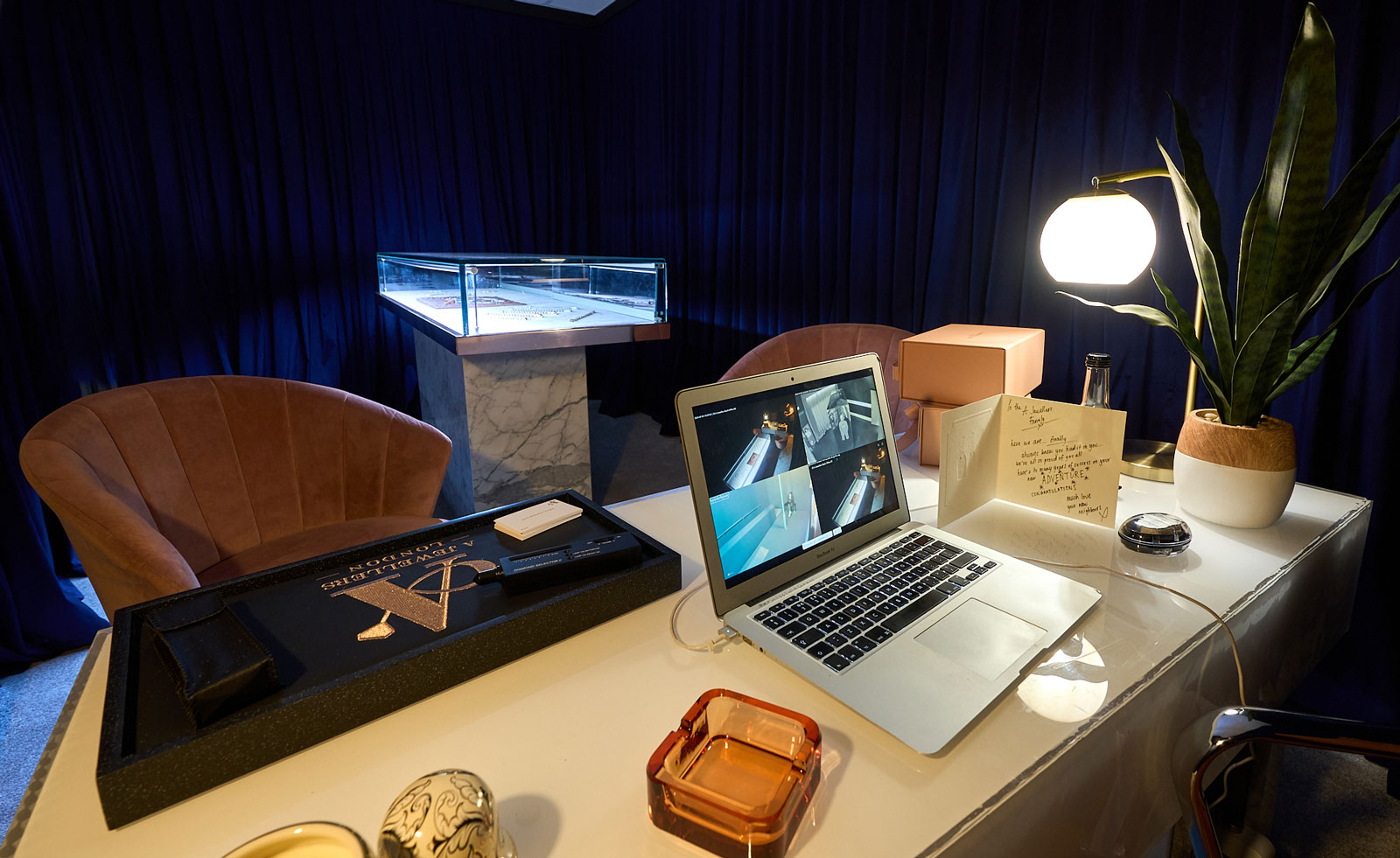 Please do touch the art: enter R.I.P. Germain’s underground world in Liverpool
Please do touch the art: enter R.I.P. Germain’s underground world in LiverpoolR.I.P. Germain’s ‘After GOD, Dudus Comes Next!’ is an immersive installation at FACT Liverpool
By Will Jennings
-
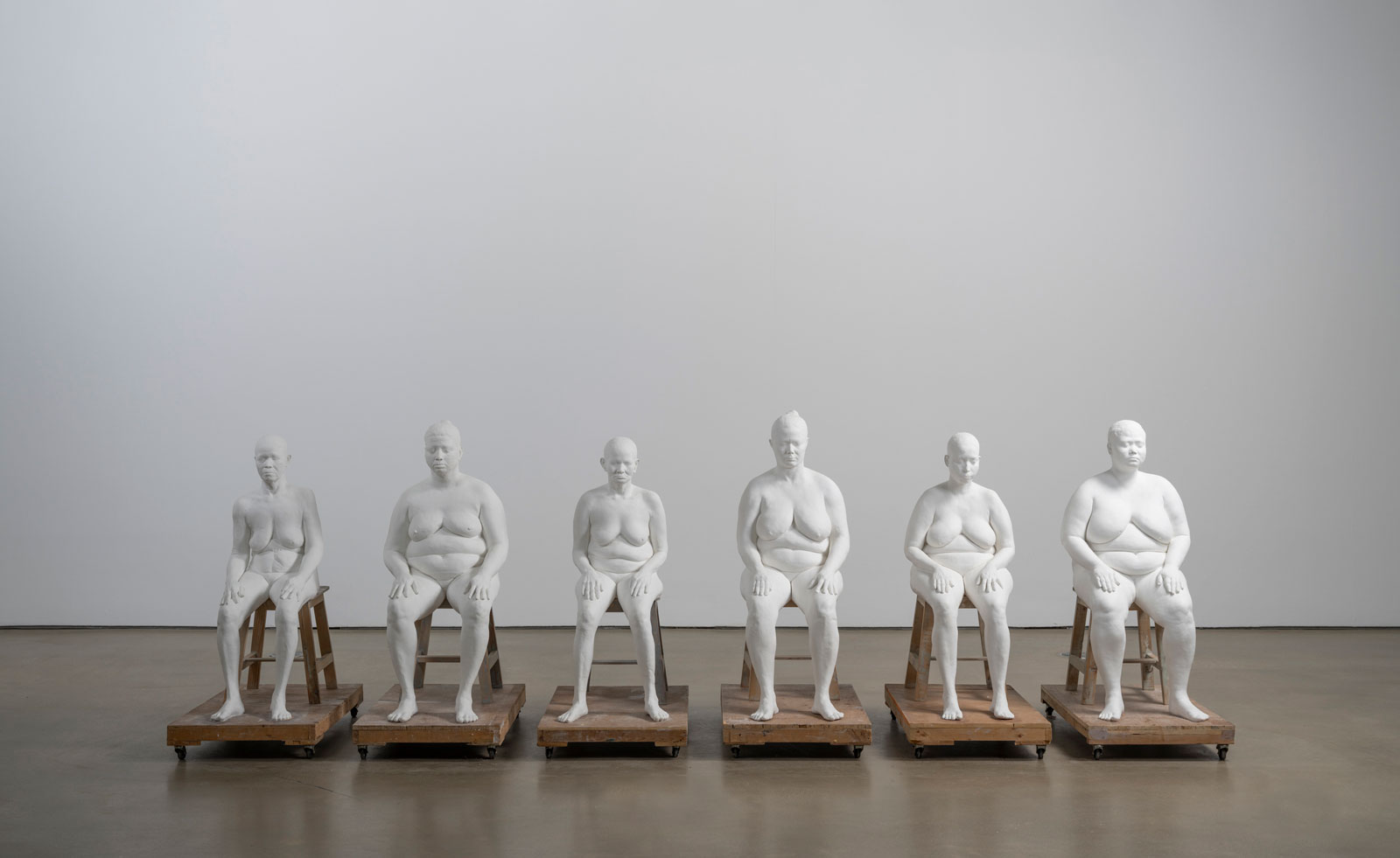 ‘Regeneration and repair is a really important part of how I work’: Bharti Kher at Yorkshire Sculpture Park
‘Regeneration and repair is a really important part of how I work’: Bharti Kher at Yorkshire Sculpture ParkBharti Kher unveils the largest UK museum exhibition of her career at Yorkshire Sculpture Park
By Will Jennings